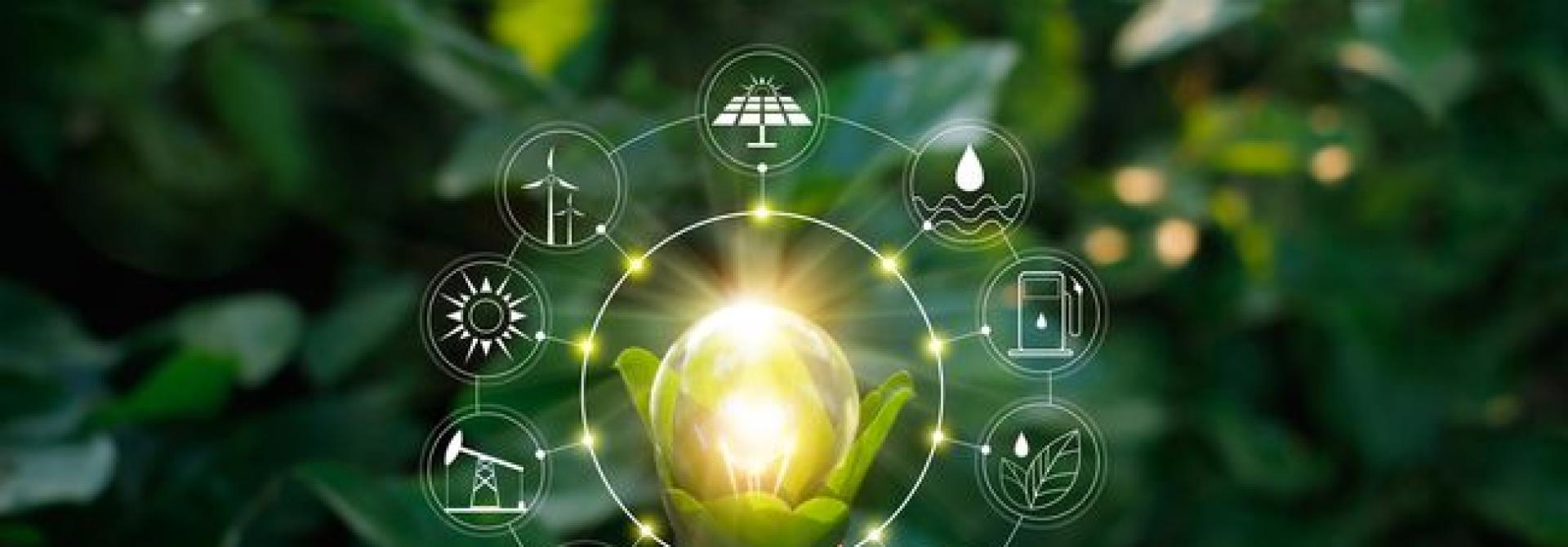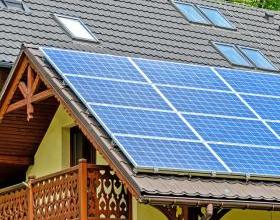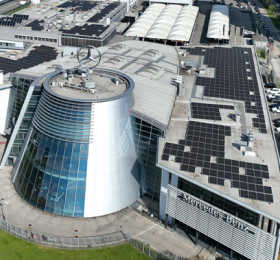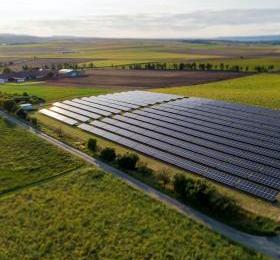During the online conference “Integrated national energy and climate plan. The instruments to be used to achieve the EU objectives "exhortations emerged to simplify the authorization procedures, have legal certainty and above all promote a cultural transformation that allows the different arms of the State to row in the same direction, instead of in opposite directions .
Organized by ANEV to celebrate World Wind Day, the event calls for responses regarding the inclusion of these complaints, hoping to materialize in the Simplifications DL on which work is underway.
Their response comes from the government forces, in the voice of Senator M5S Gianni Girotto, President of the Senate Industry Commission: a comparison is underway between the Environment and Industry-Productive Activities committees of the Chamber and the Senate with the MiSE on ten proposals for the DL Simplifications.
"Some of the most promising possible procedural and regulatory levers that are being worked on the most are those of the energy communities, the partial widening of incentives to plants on agricultural land, the simplifications of authorization for the various repowering and revamping interventions, especially of wind farms, and for photovoltaics in reservoirs. "
"Energy communities will not be discriminated against 1-to-1 self-consumption, which can be done clearly and is exempt from a range of charges," system charges aside, said Girotto, according to whom 10 amendments are under discussion of the Simplification Decree.
Remaining the simplification of authorizations as a recurring theme during the conference, the participants expressed their sensitivity by ensuring that at this stage it would be a priority to clear the bureaucratic obstacles to enhance the growth of the sector.
According to many of the attendees at the event, cultural mediation and transformation is needed, even before regulation, without which it will be impossible to achieve the objectives that Italy itself has set itself in its PNIEC.
To highlight the urgency of the challenge to the current authorization rate of renewable energy plants it would take 67 years to achieve the current objectives of the PNIEC 2030, which are already insufficient. Although we take into account the five years that on average it takes to authorize a wind farm in Italy, while in Spain and Germany it only takes two.
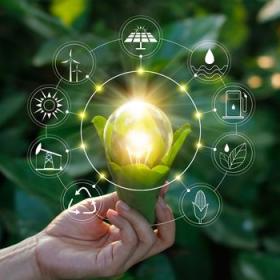
Speakers expressed that Italian politics must accompany entrepreneurs in the sector. In fact, they insisted on the need to facilitate the authorization process for the approval of projects related to renewable energy. Simple and above all clear regulations would eliminate the uncertainties for investors, while promoting the achievement of the objectives set in the Integrated National Plan for Energy and Climate 2030, which outlines Italy's path towards decarbonisation.
In the words of the ANEV president, Simone Togni: "simplification of legislation is a fundamental step in achieving the objectives set by the PNIEC and knowing that the government is working towards the definition of a measure in this sense is certainly positive. The wind sector must be able to operate without bureaucratic obstacles in order to contribute with its potential to the achievement of targets for the fight against climate change and the reduction of CO2. The landscape and the environment cannot be mutually exclusive, but require urgent harmonization, without which the consequences of climate change could have harsh consequences on the planet. In practice, an action is needed that clearly defines the areas where the Superintendency's opinion is not required, as well as the simplified procedure that allows the renewal of wind farms without bureaucratic burdens. Finally, the current block of the incentive spreading must be overcome in light of the fact that the new plants do not receive incentives, as is evident, but only a stabilization of revenues. "
Togni then recalled the almost "Kafkaesque" paradox that operators in the renewable energy sector must face: the authorization process lasts at least five years for wind projects; but technological evolution is progressing more and more rapidly and it is possible that, at the time of authorization, the technologies had become obsolete. To modify them, however, a new authorization process should be started. That's why, according to Togni, it is necessary to update the 2010 guidelines and also extend them to the mini and micro-wind. Wind energy which, in the words of the president of the Energy Services Manager (GSE) Francesco Vetrò, is "a pillar of the national electricity system". The mini-wind, however, has had an evolution that is not always organic and not always with an adequate technological background. On the contrary, the large wind farm has shown increasing efficiency, reliability and competitiveness, thanks to continuous technological development.
Particularly promising seems to be offshore wind, which so far has found little space in Italian deep waters.
It is a fact that in Italy especially wind power has grown at a slow pace: You need to install more capacity; we must put our hand to the guidelines, obsolete and inadequate. Furthermore, it is necessary to review the decisions of some regions that have decided to ban wind power a priori, considering it a threat to the Italian landscape.
